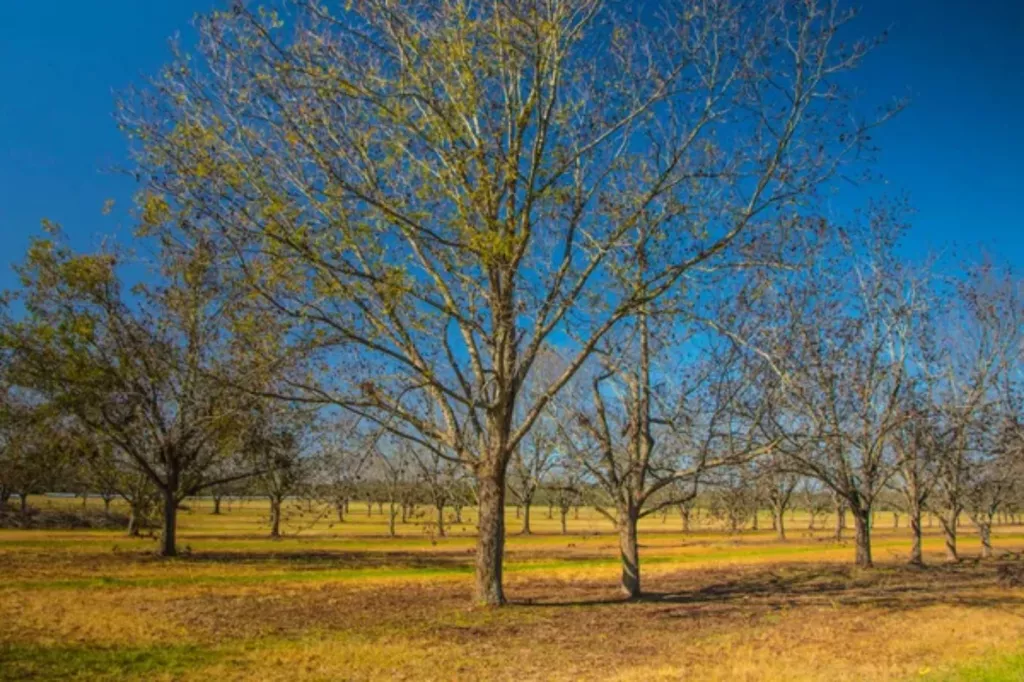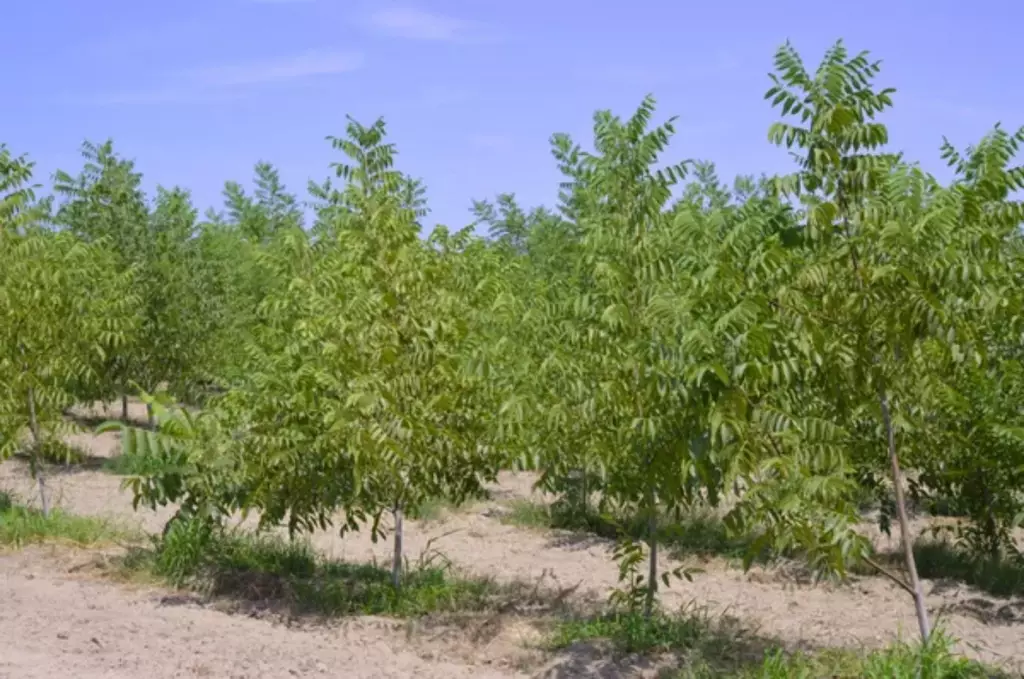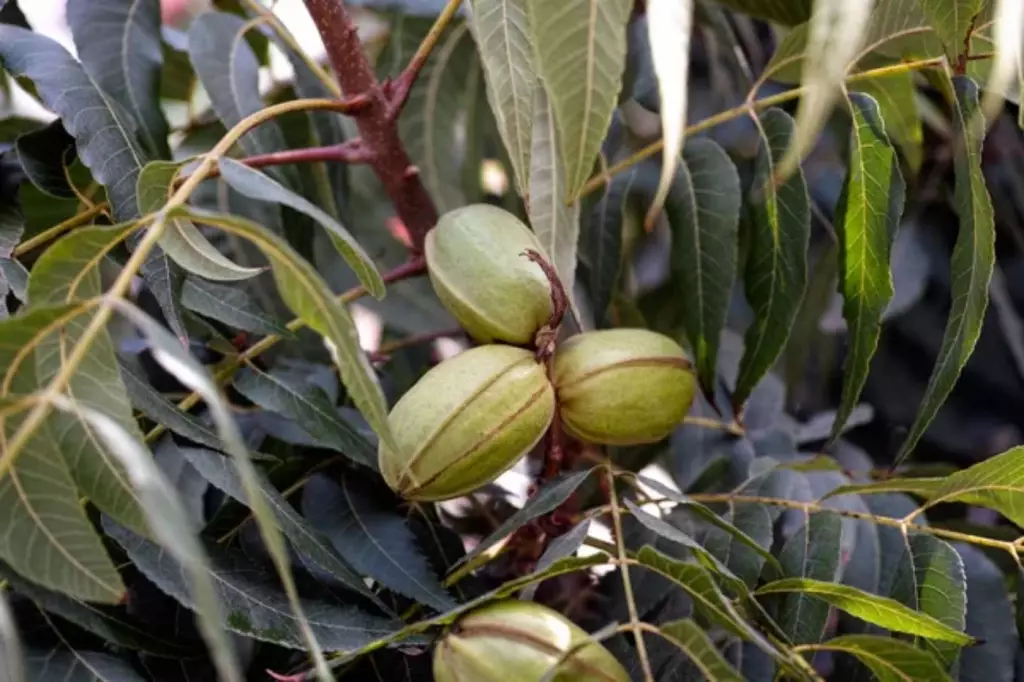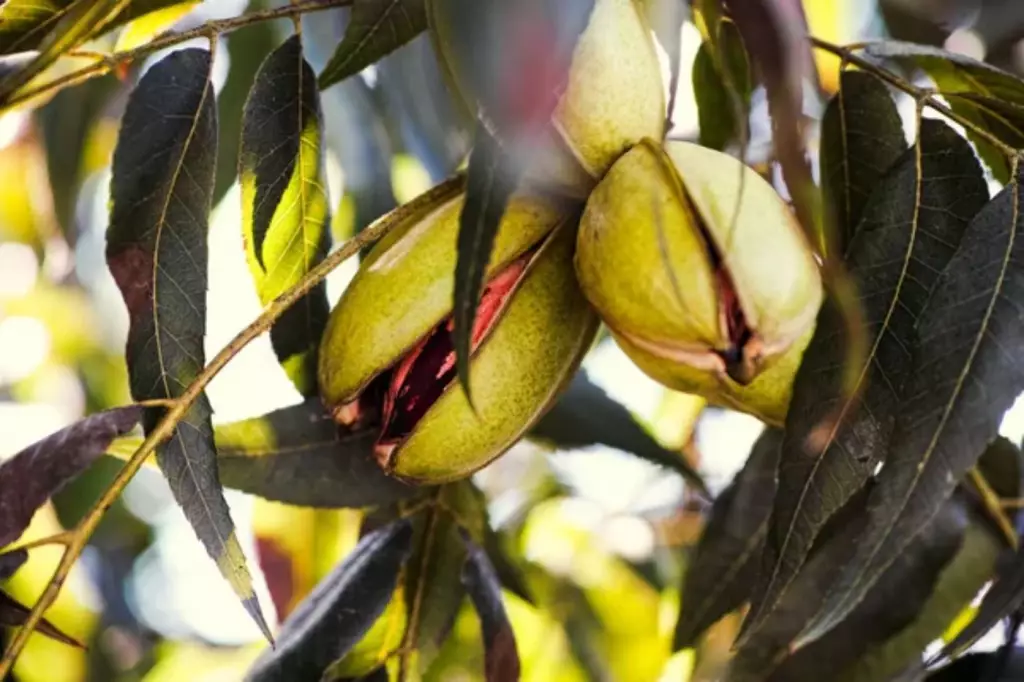How Fast Do Pecan Trees Grow on Average?
Pecan trees take plenty of years to mature and become established, but they grow very quickly once planted. If you're considering planting a pecan tree in your yard or on your property, you might want to know how fast they grow on average. With that, here’s a detailed article tackling the average growth speed of these trees and the factors that affect them.
On average, a pecan tree gains around 2–4 feet per year. Young trees can grow 1–3 feet per year, while established ones grow around 5–12 inches per year until they reach heights within 70–100 feet. They start to produce fruits and nuts around 4 years of age.
It’s good to remember that these numbers can be affected by factors such as water, fertility, spacing, and exposure to sunlight. We’ll take an in-depth look at these factors below.
Summary
- The average growth rate of pecan trees is 2–4 feet annually. Young pecan trees grow by 1–3 feet per year, while mature ones will slow down the growth by 5–12 inches per year.
- Mature pecan trees of about 20 years of age have a maximum height between 70 and 100 feet. But they begin bearing small crops at around 4–6 years of age.
- The growth rate of pecan trees is affected by factors such as method of propagation, sunlight exposure, soil and drainage, and water availability.

Average Growth Speed of Pecan Trees
Pecan trees are fast growers. Each year, at least 2–4 feet are added to their height, especially if you give them the right growing conditions. Some trees can grow even 3–5 feet per year in ideal conditions.

As the pecan tree matures, its growth rate will slow down. Non-bearing trees (young trees) can grow 1 to 3 feet per year, while established-bearing trees grow around 5 to 12 inches per year.
Pecan trees can reach heights of 70–100 feet with a spread of about 30–50 feet when they are fully mature. This takes about 20–25 years to happen, but you don’t have to worry because, within 4–6 years of planting these trees, they will start bearing fruits that enclose the nuts.
Since these trees grow very fast and tall, you may want to consider planting them in a location where they have plenty of space to grow both vertically and horizontally. Perhaps pick a site where your tree will be able to stay for many years to come.
Overall, the growth rate of pecan trees depends on various factors like water, fertility, spacing, and exposure to sunlight. At the same time, the method of propagating these trees also affects how long it takes for them to mature or bear fruit. Let’s look at how each of these affects a pecan tree’s speed of growth:
Factors affecting the growth rate of pecans
Pecan trees tend to grow fast, but several factors can impact their growth speed. As you plan to grow a pecan tree, you might need to consider the following aspects that can affect its growth:
Growing pecans from seedlings offers a faster growth rate

Pecans can take a long time to grow, whether from seed or seedlings. But growing pecans from seed can take a very long time, often up to 10 years or more before the tree is mature enough to start producing nuts.
This is because the seed must first grow into a small sapling, then develop a strong root system, and grow into a mature tree before it can produce nuts.
On the other hand, if you grow pecans from seed, it can significantly reduce the time it takes to produce nuts. Seedlings are young trees that have already been started from a pecan nut, and they can be transplanted into a new location to continue growing. Seedlings are typically around 1–2 years old when they are transplanted, and they can start producing nuts in as little as 4–6 years after planting.
Pecan trees require well-draining soil to grow properly
Good drainage ensures the roots receive adequate oxygen, allowing them to thrive healthily. Poor drainage can lead to root rot and other diseases that can slow down the growth rate of the tree. To ensure good drainage, you may want to avoid soil types that hold water for too long.
Pecan trees need regular watering for proper growth
Pecan trees need regular watering to grow properly, especially during the first few years after planting. However, overwatering can be harmful to the tree and slow down its growth rate. To avoid this, you might want to slowly water your pecan tree until you see that the water is being absorbed into the soil.
If it begins running off, you could stop watering. In dry or arid regions, you may want to schedule watering weekly or through irrigation. Consistent watering is key for the optimum growth of these plants, and even mature pecan trees still require a good amount of water, especially during nut production.
Pecan trees require fertile soil for a healthy growth
A fertile soil with the right balance of nutrients can help with the growth of a pecan tree. You could add organic matter, such as compost or manure, to the soil to help improve fertility and promote healthy growth.
You may also need to fertilize pecan trees regularly, once or twice a year, during the late summer, fall, and early spring. This can help fill up the nutrient deficiencies of the trees.
The spacing between pecans affects their growth rate
If you provide adequate space around the tree, it promotes better air circulation and gives the roots enough room to grow. On the contrary, planting them too close together can lead to competition for resources and slow down their growth rate. Try to keep them at least 30–40 feet apart to ensure they have enough space to grow.
Pecan trees require full sun exposure for optimal growth
Pecan trees need a lot of sunlight for proper growth. You might need to make sure that the tree receives at least 6 hours of unfiltered sunlight daily.
Lack of sunlight can slow down their growth rate and lead to poor nut production. Perhaps it’s best to find a location that receives full sun for most of the day to ensure they have the light they need to grow.
Time Before First Harvest from Pecan Trees

Now that you know how fast these trees can grow, you might be getting ready to harvest the fruits of your labor. But you can enjoy your first harvest from pecan trees only after about 4–6 years when they start bearing nuts, depending on the variety and growing conditions.
These trees begin to shed their nuts in the fall, prior to leaf drop. You can harvest them from September through November, depending on the variety and climate. Here's how to harvest your pecans:
1. Wait for the right time: Look for a substantial portion of the husks to have split and opened and the shell to turn brown before gathering. Wet weather can be harmful to the nuts, so you may only want to pick them up promptly once they fall to the ground.
2. Shake the tree: If the pecans are not falling by themselves, you can gently shake the branches to loosen them. Be cautious and consider using a long tool to reach high branches.
3. Gather the nuts: You may now start collecting the fallen pecans from the ground, taking care not to leave any behind as they can attract pests.
4. Clean and dry the pecans: Remove any remaining husks and rinse the nuts in a colander with clean water. Then, spread them out on a flat surface to air dry for a couple of days. You can now enjoy your freshly harvested pecans.


